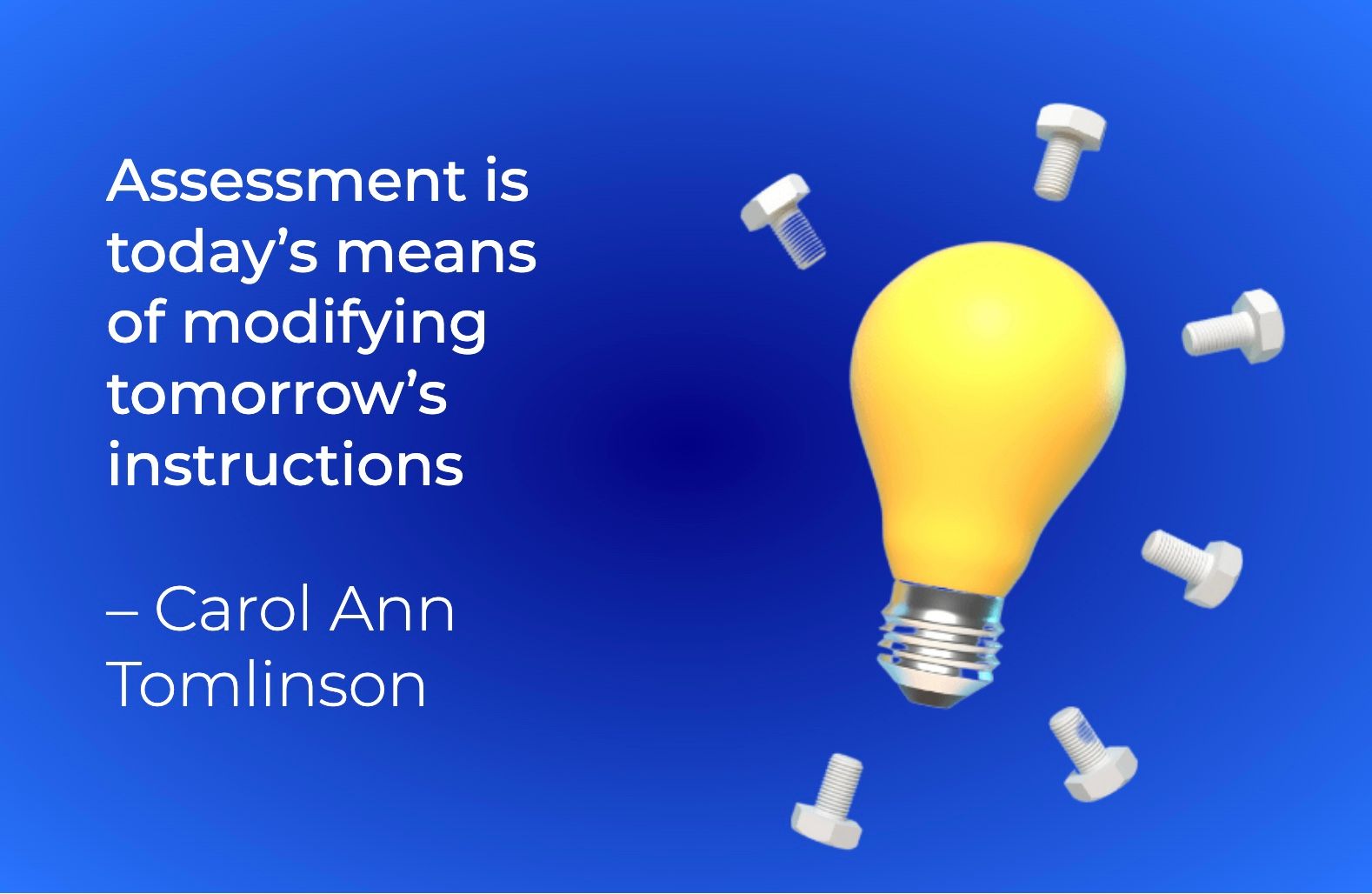Electrical Power Studies | 5 Items to Include For Better Budgeting
Electrical Power Studies | 5 Items to Include For Better Budgeting
The POWER of Electrical Studies
Electrical power studies are highly critical to any electrical system. Nowadays, even the smallest electrical systems undergo power studies to comply with increasingly stringent codes and regulations.
Typically, electrical power studies consist of short circuit, coordination, and arc-flash hazards studies. There is a tendency to think of these areas as independent; however, they are deeply interconnected. As a result, performing them all simultaneously and by the same entity is the most effective method for ensuring accuracy.
Poor management of electrical power studies can lead to costly outcomes. The path to performing successful power studies begins by developing a roadmap, aiming for your desired solution. For example, power studies may be extensive and encompass the entire electrical service to a facility. On the other hand, studies may be small and target a specific segment of the electrical system. So, we compiled a list of our top five items to in your electrical power studies budget to ensure success.
5 Items to Include For Better Budgeting
1. Electrical System Assessment
Understanding the value of electrical power studies starts with identifying your operation’s electrical issues. When conducting an electrical system assessment, you need to verify the functionality and performance of each piece of your electrical equipment. In addition, you will need to review your electrical one-line diagrams for accuracy. Furthermore, this review extends to the electrical equipment and protective settings for each circuit included in the electrical study.
Having qualified resources such as electricians and facility operations personnel readily available during this step is essential. Therefore you need to budget accordingly to include these resources. Without proper planning, costly and time-consuming errors will likely arise.

2. Electrical metering equipment and analysis
Utilizing metering devices capable of logging data and power quality enables owners and operators to determine the overall state of the electrical system. As a result, monitoring electricity at key measurement points over time offers your team greater insight and control into your system.
When installing metering devices, you have two different choices:
- Installing a rental PQ meter ( a temporary solution)
- Purchasing and installing metering equipment and software ( a permanent solution)

In selecting between rental and permanent installations, one should consider the duration of desired data and the analysis period of the electrical study. Above all, using metrics to make data-driven decisions increases efficiency, improves reliability, and reduces consumption. So, take the time to find the right solution to fit your business’s needs.
3. Short circuit coordination study
Updating your short circuit coordination study is necessary when electrical equipment and circuits changes or additions occur. A short circuit coordination study provides overcurrent settings for each circuit, and NFPA 70E PPE arc flash labels are added at all electrical system distribution panels and disconnecting means.

However, updates can only apply to circuit changes in the system. Therefore, a preliminary study of the entire electrical system must occur before any updates, and the software must maintain the calculations. The National Fire Protection Association’s Standard for Electrical Safety in the Workplace® (NFPA 70E) requires employers to complete electrical studies every five years (or when significant changes happen) and post updated warning stickers on their equipment.
See NFPA 70E Article 130.3 for the regulatory requirements
4. Corrective maintenance
Upon analyzing the one-line diagrams, short circuit coordination analysis, and electrical equipment, you may discover items that require further attention. Remember, it is paramount to assess the priority of these items within the system and initiate corrective actions to prevent loss of equipment due to failure. Therefore, set yourself up for success by planning your budget to account for wear and tear over time.

5. Equipment Testing
As a safety precaution, it is necessary to remove the electrical equipment from the entire system before testing can occur. Equipment testing can occur with a controlled voltage and current source upon removal. This process ensures that the circuit protection device responds correctly to the settings for overcurrent and undercurrent.

Electrical equipment testing may require planned outages outside of regular business hours. Therefore, it is essential to include these costs in your final electrical power studies budget.
APT 4 Electrical Power Studies
In today’s world of advancing technology, energy code requirements, poor power quality, coupled with a high cost of energy, it is more critical than ever to keep your facility’s power equipment healthy. As a long-time service provider, APT understands that keeping electrical system documentation updated remains a daunting task.
Many of our client partners are looking to reduce the risk of electrical failures. At APT we provide turnkey solutions. Our team of skilled professionals offers a wide range of services from engineering, installation, start-ups, and power equipment maintenance. Above all, we speak the electrical engineering language, helping you operate your facility in a safe and cost-effective manner.
Looking for more info?
Contact an APT professional today! Let us help you find the right solution to fit your businesses needs.
Brian Curnutt | APT Field Service Manager

Contact









